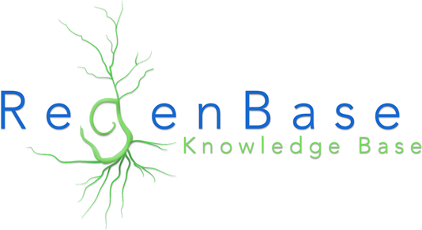MIASCI: Minimum Information About a Spinal Cord Injury Experiment
FAQ: Frequently Asked Questions
What is MIASCI? It is a reporting standard for metadata regarding preclinical spinal cord injury (SCI) experiments. It is based on other reporting standards such as MIAME: minimal information about a microarray experiment.
What is the purpose of MIASCI? It has three goals. The first is to ensure that investigators report sufficient information about their SCI studies so that others can interpret and replicate these studies. The second is to inform SCI scientists about “best practices” and encourage their use. The third is to ensure that experimental data and metadata are provided in a form that can be stored and interpreted by computer based knowledge systems.
What is the best way to use the MIASCI annotation tool? You will already have collected much of the information required for MIASCI in order to submit a manuscript. However, it will take some time to collate and provide all the necessary elements. The annotation tool is designed so that you can skip sections and return later, and so you can save your work and complete it in a subsequent session.
What is the most challenging part of describing data and metadata associated with a SCI paper? Each research project is normally associated with several different kinds of experiments and perhaps several different animal groups. Associating animal groups with injures, treatments and outcome measures can be tricky so we have a special section at the end to do that.
What do I get out of this? It just looks like more work. Increasingly, funding agencies and journal editors are demanding that scientists do a better job of documenting their research. By submitting a MIASCI file with your manuscript you are documenting compliance with an international reporting standard in the SCI field. This will also provide a road map for preparing the methods and results section of a manuscript. Finally, this ensures that scientists who use informatics approaches to SCI therapeutics will have access to the knowledge you have created.
FAQ: Frequently Asked Questions
What is MIASCI? It is a reporting standard for metadata regarding preclinical spinal cord injury (SCI) experiments. It is based on other reporting standards such as MIAME: minimal information about a microarray experiment.
What is the purpose of MIASCI? It has three goals. The first is to ensure that investigators report sufficient information about their SCI studies so that others can interpret and replicate these studies. The second is to inform SCI scientists about “best practices” and encourage their use. The third is to ensure that experimental data and metadata are provided in a form that can be stored and interpreted by computer based knowledge systems.
What is the best way to use the MIASCI annotation tool? You will already have collected much of the information required for MIASCI in order to submit a manuscript. However, it will take some time to collate and provide all the necessary elements. The annotation tool is designed so that you can skip sections and return later, and so you can save your work and complete it in a subsequent session.
What is the most challenging part of describing data and metadata associated with a SCI paper? Each research project is normally associated with several different kinds of experiments and perhaps several different animal groups. Associating animal groups with injures, treatments and outcome measures can be tricky so we have a special section at the end to do that.
What do I get out of this? It just looks like more work. Increasingly, funding agencies and journal editors are demanding that scientists do a better job of documenting their research. By submitting a MIASCI file with your manuscript you are documenting compliance with an international reporting standard in the SCI field. This will also provide a road map for preparing the methods and results section of a manuscript. Finally, this ensures that scientists who use informatics approaches to SCI therapeutics will have access to the knowledge you have created.
